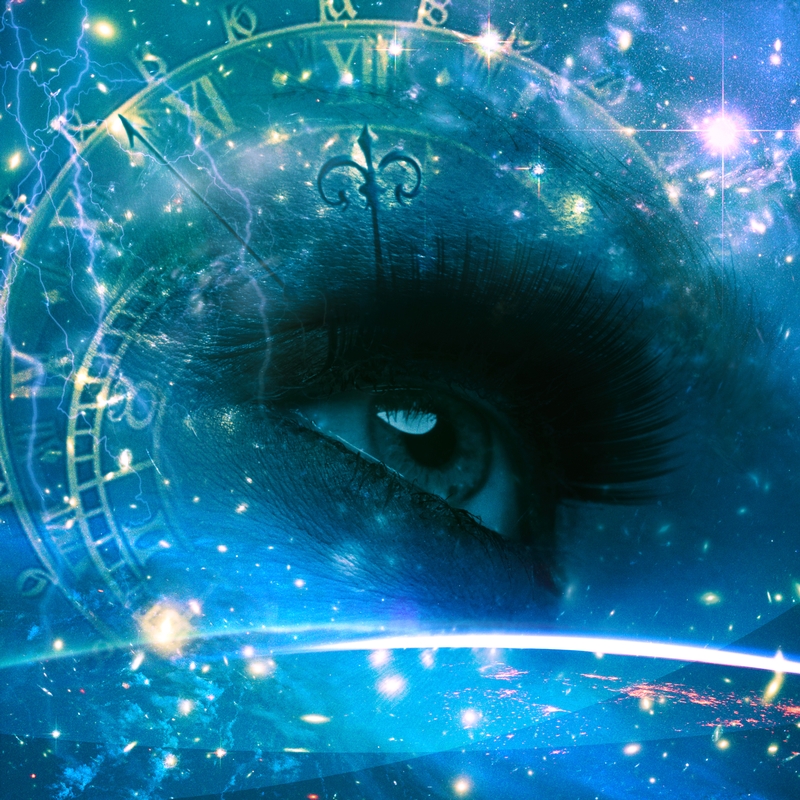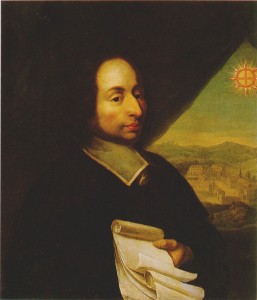In a recent Twitter feed, I occasioned upon a philosopher-musician’s (Randy Vera, 2013) link to a fascinating article about the interdisciplinary history of time. Intrigued, I sent my thanks to its original sender. His response later that day immediately suspended my own deadline, task-laden time as I considered his simple turn of phrase: “the philosophy of science can’t have ‘time’ to itself.”

Certainly amused by this pun-like double entendre, I found myself considering this short reply throughout the day. The short quip captured something quite significant for me, well beyond its particular context, evoking a sense of the developing and interwoven worlds of Henri Bergson, Teilhard de Chardin, Alfred North Whitehead, Bernard Lonergan and beyond. Addressed to the often hegemonized domain war of scientific objectivity with its potent adversary in the subjectivity-grounded humanities—including all things philosophical, spiritual and religious—the saying discloses an insight worth heeding.
It is richly remarkable that neither philosophy, science, religion, culture, interpersonal relatedness or spirituality can lay absolute claim on any aspect of human knowledge or experience. In fact, there is clear connectedness between each of these domains—though often relentlessly challenged by those claiming their domain’s ultimate authority—that any phenomenon manifests.
One very simple and familiar experience illustrates such ultimate interconnectedness. I often dedicate time each morning to private prayer and meditation. During that hour, I live in what would appear a subjective, phenomenological space as I seek to penetrate the depths of Mystery. Immersed in that solitary, interior absorption, my consciousness responds beyond the subject to embrace the divine as both deepest interior and most transcendent Other. I enter, even in my solitude, into intersubjective relatedness while I remain inextricably bound to my most intimate relationships and cultural contexts. Furthermore, the space I occupy is part of a larger systemic matrix, usually taken for granted unless impediment to some function—adequate heating, healthy ventilation, doors that close—occurs. Furthermore, the physiological and neurological aspects of my prayerful state of consciousness demonstrate research-verified, characteristic neuronal, chemical and cardiovascular patterning and change. As I sit, I at once engage the interior phenomenological subject, the exterior empirical object, the intersubjective relational worlds I inhabit, as well as the interobjective systems surrounding me. Everything is happening at once; everything—every part of my being and the universe I inhabit—is interconnected, as “many” and “one” give alternating voice to their claims.
Such interconnectedness, however, does not imply that domains can forcefully exert their methods, insights, and processes upon others whose operations are indisputably different. Mysticism did not create trigonometry or the calculator. The precision of the scientific method has little to say about the profound conversion of one like physicist-philosopher Blaise Pascal, transported into the ecstasy of “Fire!”:
God of Abraham, God of Isaac, God of Jacob,
Not of the philosophers and scholars.
Certitude. Certitude. Feeling. Joy. Peace.
God of Jesus Christ.
‘Thy God and my God.’
Forgetfulness of the world and of everything, except God. (Pascal, 1654/1948, p. 117)

This 17th century scientist’s method and the scrutinizing exactitude of his calculations had little to offer the unplumbable depths of that transforming encounter. Likewise, Pascal’s later theological musings—try as they might—could not replace the methods that had informed his geometry.
Science and religion, empiricism and phenomenology, object and subject, many and one, possess extraordinarily distinct domains, yet remain inseparable and interconnected vessels of integral wisdom, shining their collaborative potency on the world through their unique illuminations. They each promise, in their distinct yet interwoven rays of light, emergence of the one-yet-many world of universal intersubjectivity (Bracken, 2001) and interobjectivity. Philosophy, science, religion, spirituality, culture or complexity: none can claim time—or anything else—entirely for itself.
References & Further Reading
Bergson, H. (2002). Henri Bergson: Key Writings (Athlone Contemporary European Thinkers)(K. Ansell-Pearson & J. Mullarkey, Eds.). Athlone Contemporary European Thinkers. New York: Continuum.
Bracken, J. A. (2001). The One in the Many: A Contemporary Reconstruction of the God-World Relationship. Grand Rapids, MI: William B. Eerdmans.
King, T. M., & Salmon, J. F. (Eds.). (1983). Teilhard and the Unity of KnowledgeThe Georgetown University Centennial Symposium. New York: Paulist.
Lonergan, B. J. F. (1972). Method in Theology: Volume 14 (Lonergan Studies). Minneapolis: Seabury.
Pascal, B. (1948). Fire. In E. Caillet & J. C. Blankenagel (Eds.), Great Shorter Works of Pascal(pp. 117). Philadelphia: Westminster Press. Originally published 1654.
Randy Vera. (2013, November 6). “Philosophy of Science”can’t have “Time” to itself… “a priori” time consciousness/cognition is making a huge comeback. Retrieved from https://twitter.com/randyvera
Whitehead, A. N. (1985). Process and Reality (Gifford Lectures Delivered in the University of Edinburgh During the Session 1927-28).(2nd revised ed.). New York: Free Press. Original publication 1929.
Wilber, K. (1998). The Marriage of Sense and Soul: Integrating Science and Religion. New York: Broadway Books.
Disclosure of Material Connection: Some of the links in the post above are “affiliate links.” This means if you click on the link and purchase the item, you contribute to the maintenance of this site. Thank you!